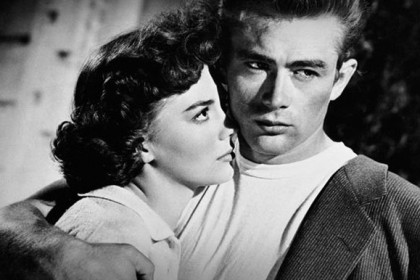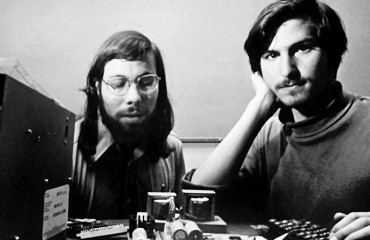
In the magnificent version restored by the Cineteca of Bologna has been returned to the public Rebel Without a Cause (1955) by Nicholas Ray, Mr. Cinema-Cinema. Sensuality on edge, explosive technicolor on first stirrings of the heart and the restlessness of a “rebel without a cause” generation.
The film has aroused the concerns of the producer, Geoffrey Shurlock from the beginning: too violent scenes or with a strong sex drive, a representation of American youth so dramatically real as far away from those to which the public was accustomed. In United States Puritan society was an unacceptable display of freedom of expression and costume. In Italy Rebel without a cause did not overcome the censorship jury’s decision. It was imposed the reduction of the scene filmed on the forecourt of the Planetarium where James Dean and Corey Allen challenge to a duel – full of tension, with great capacity of directing maintain a high level of alarm in the viewer; a duel resembling a dance, with the shot in widescreen perfectly balanced… the boys to beat up, girls on the car to assist deployed on the side of the bodywork, with contracted face – and one where Jim promises to Judy that they will not be alone anymore and kisses her.
Censorship especially persecuted the scene where Jim argues with his father, demanding the cut. A grown man, bent to pick up the pieces not to be caught by his wife, and for more in female apron, in the public eye at the time was an image that undermined a male identity that can not be put into question. But what threatened not to release the film was the character of Plato, the scary and awkward kid who tries to emulate the main character for which test a reverence that takes the shape of real attraction. The entrance of homosexuality in movies, a movie produced by Warner Bros? You must be joking.
Rebel Without a Cause was released in Italian cinemas in April 1956. And the choice to shoot a film in color was essential to the narrative. The positions of Nicholas Ray were immovable, “I have very specific ideas on the psychological value of color.”
In Rome, in 2010, in a memorable encounter with screenwriter Stewart Stern, it was possible to discover the backstage shots of madness of the star Dean and filmmaker with the eye patch Nicholas Ray. That James did not feel up to the role, while Ray was convinced that only the natural vulnerability of the young American actor, his lost and frightened air, could paint his character perfectly. With the candor that belongs to the greatest, Stern spoke of the stars of the time, from Marlon Brando to Paul Newman, James Dean – who trusted him blindly and feared Ray – a screenplay troubled until the end and on the run from Los Angeles in New York, changed for a corner by Stewart for the changing needs of the production and the inability to Ray to compromise.
For those wishing to be moved I recommend the film by Wim Wenders Lighting Over Water – Nick’s Movie (1980), which recounts the last days of life of the director with the pirate bandage.
 English
English  Italiano
Italiano 





